[Part I is here]
And now, time for a wallow in some glorious gear.
Moose said the other day, "Yeah, I know, this is bash contemporary huge, fast lenses month..." Not at all! I come to praise Big Honkin' Normals, not to bury them*. Even if you don't choose to have a fast ~50 in your arsenal, which one would you get if you were to get one? (Prices are from B&H Photo and current as of this writing.)
Here's an honor roll of "The Fantastic [~]50s of '25":
Although these first ones are actually "old style" fast lenses, I think we can make room on our list for these two beauties. They are not modern maxi-element OTT (over the top) statement lenses after the current fashion, but they are the latest in a long, long line of fast modified normal double-Gauss types that have been coming down the pike since forever. Depending on your preferred flavor of camera, they are among the good reasons to still shoot DSLRs today even though DSLRs are on the way out.
Canon EF 50mm ƒ/1.2L USM ($1,399)
and
Nikon AF-S Nikkor 58mm ƒ/1.4G ($1,156.95)
I've owned the 58mm Nikkor, and enjoyed it very much—it has a lot of vintage character, improved by modern design—but today I looked through many dozens of pictures made with the Canon ƒ/1.2L lens and I must say it was an exceptionally enjoyable experience. What a treat that lens must be to own; such ravishingly lovely imaging qualities. From what I saw, I would guess it's something really special. Makes me wish I had a Canon DSLR.
This next one might be flying under your radar, but it shouldn't—it's a true BHN, with 15 elements and weighing in at over two pounds. And yet it's relatively a great bargain. Drum roll:
It's the Tokina Opera 50mm ƒ/1.4 FF ($699) for Canon and Nikon DSLRs, introduced in 2018. Stephen S. reminds me that I wrote about it in 2018, here. It bears a strong resemblance to the Pentax lens below. Well, stronger than strong.
Tokina was founded long ago, in 1950, by designers and engineers who once worked for Nikon but were frustrated with Nikon's conservatism in that era and wanted to make more adventurous products. They were one of the manufacturers who made lenses for Vivitar. More recently, Tokina made lenses for Minolta, one of which I used in the early years of digital and loved. The company is now under the same ownership as Hoya, the Japanese maker of optical glass products. The samples from this lens look great, and the price of this lens seems particularly keen compared to the competition—even compared to this next lens, which is much more famous.
Sigma 50mm f/1.4 DG HSM Art ($949 in Nikon mount—there are various other permutations)
The original Sigma "Art" series of DSLR lenses were a landmark in camera lenses, or certainly, at least, a landmark for Sigma, completing the company's transition to major lensmaker status. The Art lenses were as famous as the Tokina Opera is obscure. When I was in art school, in the 1980s (those were such great days—we really had fun), Sigma was the lowest of the low, a maker of happy-crappy budget lenses that were so cheap that I had a great time inventing many ways to ridicule them, such as, they'd go out of alignment if you sneezed while carrying one. With my German Zeiss lenses I was so proud of, I looked down my nose at them. Well, that's been a while. I myself shoot with a Sigma now. A dozen years ago when the Art lenses came along, Roger Cicala famously announced that the 35mm ƒ/1.4 Art was the sharpest lens that he had ever tested (I liked it too), and Ken Rockwell said this lens was the sharpest he had ever tested. These lenses are exceptionally well made, for what were originally relatively modest prices.
But remember that the category of the Big Honkin' Normal is meant to be biggest fastest bestest mostest, or whatever I said the other day. So wait for Part III of this article series before you plunk for one; time has moved on, and there's more news to come.
Zeiss Otus 55mm ƒ/1.4 ZE for Canon EF (a cool $3,990). Also available in Nikon F mount.
We would be remiss not to mention (again) the OG (original gangsta**) of the category, the fabled Zeiss Otus 55mm of 2013.
This was so obviously a statement lens, huge and heavy—12 elements (extreme at the time), five inches long, over 1,000 grams, with a 77mm filter size—that it got hushed respect at the time even from Leicaphiles. And it kicked off the whole BHN fashion, or fad. One major practical problem is that it is manual focus only. But it really appealed to those on a quest for the absolute best. The bloom has faded quite a bit since then; the mighty Otus been discontinued. But B&H Photo still has some brand new ones if you've got the wallet.
The last big honkin' normal lens we'll mention in the now-fading DSLR category is the HD Pentax-D FA* 50mm ƒ/1.4 SDM AW ($997).
Pentaxians in the audience inform me that the scuttlebutt on the Pentax fora is that this is the same lens as the Tokina Opera, which certainly seems to be the case, and that it was designed by a Pentax team but made by Tokina, the two lenses sharing the same optics but each with its own lensmount. (It's less and less known these days, but there are no more steadfast brand loyalists anywhere than Pentaxians—you just don't hear about it much because they're quiet, modest, and down to earth folks.)
In any event it is a true BHN—15 elements and a giant scalloped lens hood, and it weighs in at 955 grams with the hood in place. It's a little smaller in both length and girth than some of the other lenses above. It's an all-new modern design. But what's most remarkable about this lens isn't in the actual lens—it's that it represents a true departure from a traditional lens lineage of fast Pentax normal lenses that's been going since the early 1960s. But that'll have to be another post.
Which one of these would I get, independent of camera considerations? I think for me it would have to be the Canon at the top. Despite a little tizziness (just a little) in the bokeh at times (see Moose's comment in the Comment Section), it's a pretty lens. Its images, I mean, of course.
In Part III, which I'll get to sometime this month (or, er, next), we'll get to the real meat of the category, the mirrorless examples, which are more "of Now."
Mike
[Part I is here]
*The reference and my little twist on it is possibly a little too subtle to go without explanation. Marc Antony in Shakespeare's Julius Caesar says, "I come to bury Caesar, not praise him," but then he uses his eulogy to subtly dig at Brutus and the conspirators; so he speaks with forked tongue. Possibly I do too, as my own personal preference, as I have admitted repeatedly, is for smaller, handier lenses—having been imprinted in my youth by Leica M lenses, Olympus OM Zuikos, tough workhorse AI-S Nikkors, and the Carl Zeiss C/Y lenses for the hybrid Contax cameras (originally, if you are too young to remember firsthand, Contax, as a marque name, was the premium line of cameras from Yashica, and Carl Zeiss in Germany made the lenses). My heroes were photojournalists and, especially, artists who practiced like photojournalists, for instance the Magnum photographers. Gilles Mora even published a book about some of them, and of course there's the commodious Magnum sampler, William Manchester's In Our Time, which is an endless feast for the eyes if also perhaps a contradiction in terms. But on the other hand, I mainly just want photographers to be happy. If a statement normal lens is for you and will make you happy, then that's all to the good. We're just having fun here.
**See for instance Melvin Williams. The link is totally off-topic but it's a fascinating story if you've watched The Wire.
Original contents copyright 2025 by Michael C. Johnston and/or the bylined author. All Rights Reserved. Links in this post may be to our affiliates; sales through affiliate links may benefit this site. As an Amazon Associate I earn from qualifying purchases. (To see all the comments, click on the "Comments" link below or on the title of this post.)
Featured Comments from:
Albert Smith: "I was shooting with a full frame Nikon DSLR and remember when that 58mm ƒ/1.4 was announced. Even well-heeled Nikon users were quite shocked at the price, considering the basic same generation 50mm AF-G ƒ/1.4 Nikkor was under $500. The online back and forth was contentious with people that bought it saying how great it was versus people that never used it saying that those people were trying to justify the financial outlay. Me, I spent a lot of hours looking at images online made with the high-end Nikkor and then bought the 58mm ƒ/1.4 Voightlander which also had many fans online who posted a lot of nice images made with that optic. Right or wrong, I tell myself that I have a terrific 58mm f/1.4 lens and many hundreds of dollars still in my wallet."
[Here's that lens —Ed.]
Frank Petronio: "I own the Nikon 58mm ƒ/1.4 (twice now!) and actually bought a Canon 1n to use with the 50mm ƒ/1.2. Both are fantastic lenses only spoilt by the significant amount of plastic and somewhat 'cheap' rattly feeling. But I've been training myself to overcome my aversion to plastic and even replaced my Leica M4 with a $100 Nikon N80 because, contact sheets side by side, my hit rate and success are far higher with plastic fantastic."
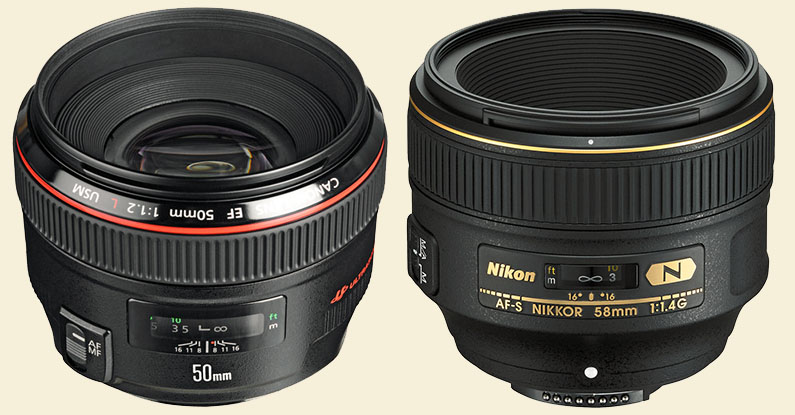
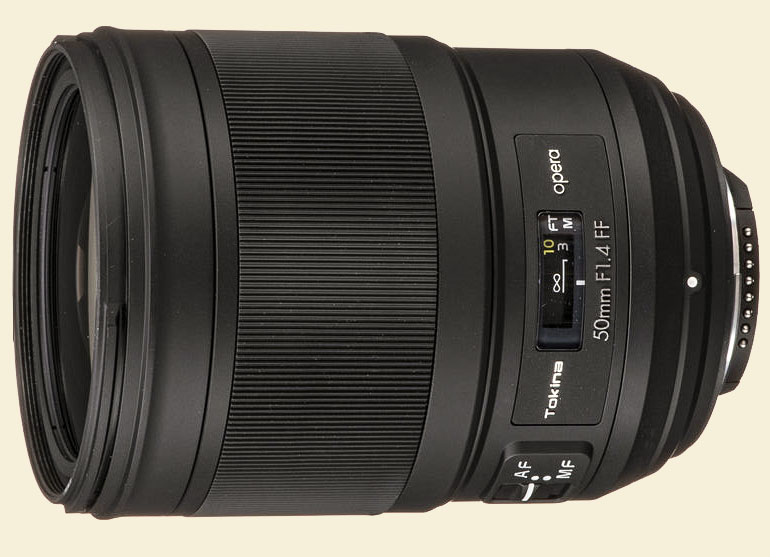
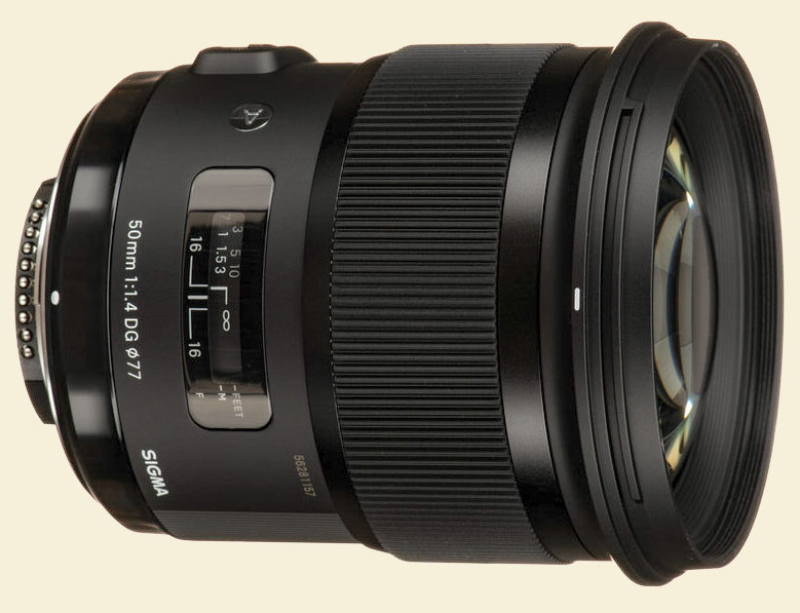
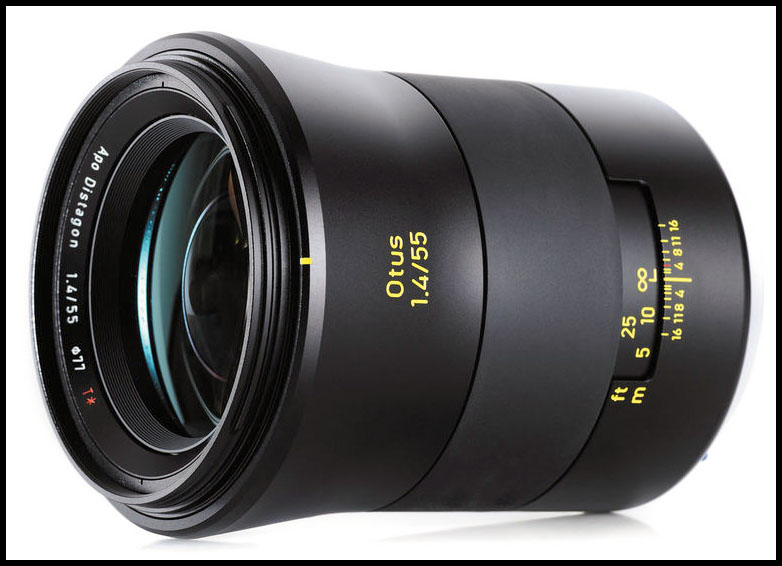
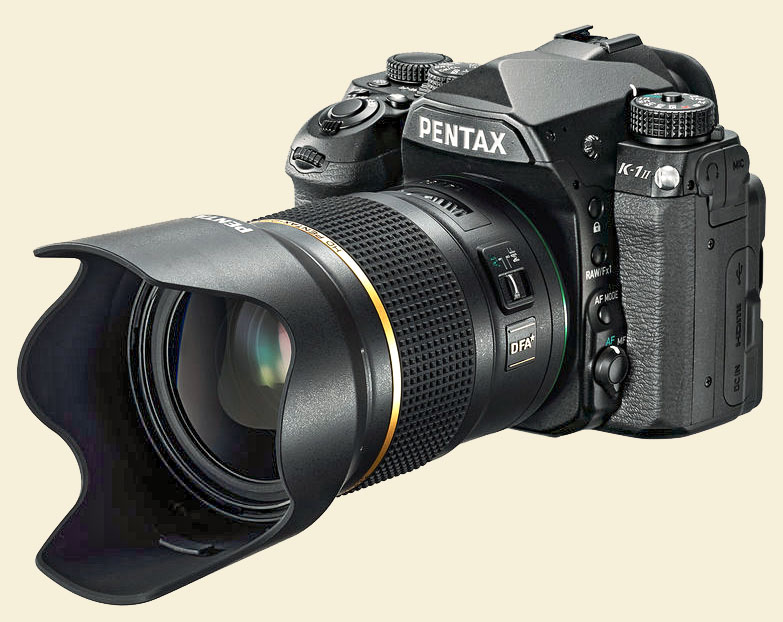



Opera lens?
Last year I had the distinctly weird experience of seeing myself portrayed as a character in an opera about photography, but aside from that I can’t think of much association between lenses and opera.
Posted by: hugh crawford | Thursday, 13 March 2025 at 04:34 PM
I've tried to love several high end Tokina lens over the years. Alas. Someone on their design team installed crippling levels of chromatic aberration optical design into every one.
I'm not normally bothered by CA but the level Tokina lenses are afflicted with is just too extreme for my poor eyes. With most very difficult to remove even with todays photo corrective software.
Posted by: Kye Wood | Friday, 14 March 2025 at 01:07 AM
"I've owned the 58mm Nikkor, and enjoyed it very much—it has a lot of vintage character, improved by modern design—but today I looked through many dozens of pictures made with the Canon ƒ/1.2L lens and I must say it was an exceptionally enjoyable experience. What a treat that lens must be to own; such ravishingly lovely imaging qualities."
Let me suggest something here. Your comments are based in different criteria. Do you post the ones that didn't come out looking good?
For the Nikon, you saw the good, bad and ugly. For the Canon, you saw only the shots those who posted them thought to be good.
I just followed your lead, looking at lots of pix from the Canon. I did see signs of the classic Double Gauss problem, but few and moderate.
Take a look at a different photo, one taken by Ken Rockwell in his review of this lens, and meant to highlight the harsh side of its bokeh effects.
I'm not saying that it's necessarily bad bokeh, but for me, the instances where I would want it are far fewer that those where it would not.
I've already got a specific bubble bokeh lens and a couple of others that do it in some settings.
I suppose my µ4/3 lenses may seem off topic, but if you look at Camera Size, you'll see the situation is similar with their newer f1.2 lenses; gobs of exotic elements, big, heavy and expensive, compared to their less exotic stable mates.
I don't know about the FF lenses you are writing about. Oly has explicitly stated theirs are aimed at smooth focal transitions and smooth bokeh. And at least the 25 and 45 mm ones do that very well.
Posted by: Moose | Friday, 14 March 2025 at 04:32 AM
Some big primes have it and are very pleasant to handle. The balance between lens and body is crucial and that is very hard to judge from a catalog. Small lenses are never a problem. What I really don't understand is the size modern zooms for full frame have. Even as a pro you must feel very unhappy walking around carrying such a space satellite.
Posted by: s.wolters | Friday, 14 March 2025 at 09:32 AM
From what I understand, the Pentax 50 is a Pentax design, possibly licensed to Tokina for the Opera. Or, who knows.... often these stories get tossed around and no one knows for sure.
Posted by: John Krumm | Friday, 14 March 2025 at 11:13 AM
I always fancied the 58mm ƒ/1.4 Voigtlander that Albert mentions but it never came out in Canon mount.
Posted by: Graeme Scott | Friday, 14 March 2025 at 12:11 PM
It's not "big" at all. But I really like my SMC Pentax-FA 50mm F1.4 for a full frame fast normal that is a nice 75 equivalent on my APS-C K-3.
My daily driver "fast enough" lens is the even more petite SMC Pentax-FA 35mm F2 AL that gives exquisite results.
I don't usually enjoy super fast lenses so normally this is the area, I'm happiest at, no matter the maker.
Posted by: William Lewis | Friday, 14 March 2025 at 12:15 PM
Well, ol' BH Photo is running a good sale on the expensive Pentax 50mm lens. (The price you listed is the first time I've seen that lens under $1,000.)
Even on the K1 II, that's a big 50 mm lens!
I look forward to future posts about the "nifty fifties".
Enjoy the warm weather.
Posted by: Dave | Friday, 14 March 2025 at 03:34 PM
Since we're talking about flavors of lenses, I found this recent 2-part series of articles by Art Adams of Arri fascinating. He breaks down many of the character aspects of lenses including bokeh and differences between vintage and modern lenses. It feels like the juice in interesting lens design these days is in the filmmaking world, and probably for two reasons:
1. Their customers have way more money than stills people, and companies are willing to customize optics for them.
2. They are very interested in character in addition to technical perfection, and I'd guess the technical level of pro directors of photography are on average higher than pro still photographers, so there's less technical mysticism (but not zero!).
Here's part 1: https://www.provideocoalition.com/arri-signature-lenses-part-1-making-a-modern-lens/
And part 2: https://www.provideocoalition.com/crafting-the-look-of-a-lens-part-2-making-a-modern-vintage-lens/
Posted by: Andre Y | Friday, 14 March 2025 at 05:16 PM
1000+ grams for the Otus? 955 for the Pentax? My current Big Homkin' Normal is the Voigtlander VM 50mm f1.5 II for Leica M. It weighs in at a hefty 198 grams. One hundred ninety-eight! IMO it is a hidden jewel of a lens. Modern design, great sharpness, and tiny tiny. It competes with Summilux ASPHs.
Also, in the superb-yet-underpriced category is the Nikkor Z 50mm f1.8. I bought one new a couple of months ago for $426.95 at Adorama. It is a fabulous lens that has taken a back seat in the public's perception to its faster Nikkor Z teammates (f1.2 and f0.95) I'd rather use the little 1.8 lens anyday.
Posted by: Kent Phelan | Friday, 14 March 2025 at 07:44 PM
Sigma 50mm f/1.4 DG HSM Art ($949 in Nikon mount—there are various other permutations)
Mike, you often comment about how 40mm is the perfect "normal" for 35mm/FX cameras. If you include that Sigma 50 in a list of Big Honkin' Normals, it's only fair its 40mm sibling (now discontinued in F mount) get even more attention:
https://www.bhphotovideo.com/c/product/1436291-REG/sigma_40mm_f_1_4_dg_hsm.html
It makes the 50 look and feel diminutive. Compare the specifications tabs on those B&H pages.
😀
Posted by: Sal Santamaura | Saturday, 15 March 2025 at 10:45 AM
So if one needs a really special BHN to walk around with at the camera fair, what can one do to stand out from the crowd with the Noctiluxes? I'd suggest an adapted ARRI Signature Prime 47/T1.8 F, yours for 25k.
Posted by: r | Saturday, 15 March 2025 at 02:10 PM
This article has given me a bad case of "GAS." I have always wanted a Canon 50mm f/1.2L, and also the competing Sigma 50mm f/1.4. I don't need them, but I'd like one of them.
Posted by: Dillan | Tuesday, 18 March 2025 at 03:54 PM